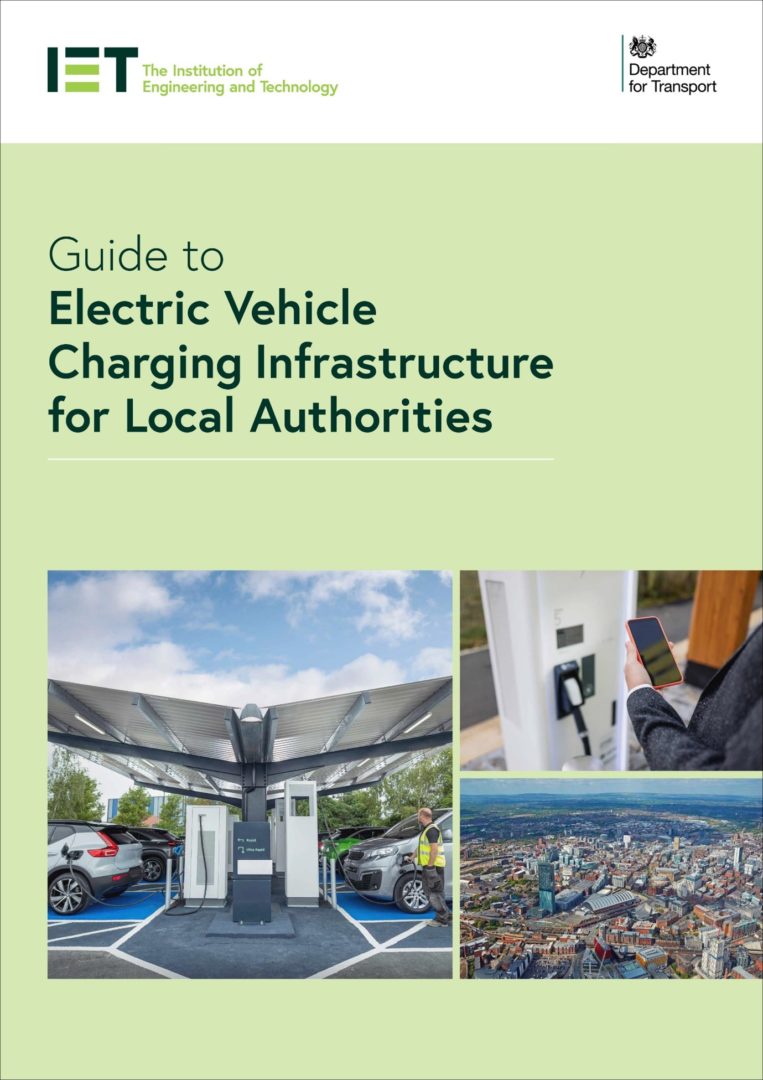
Guide to Electric Vehicle Charging Infrastructure for Local Authorities
Case Study
Project Overview
The UK aims to have one of the best electric vehicle (EV) infrastructure networks in the world. This means a network for current and prospective electric vehicle drivers that is affordable, reliable, accessible and secure.
The Challenge
Local authorities have a key role to play in supporting this vision by encouraging and assisting EV uptake. One way of doing this is setting plans to install and implement charging points for certain individuals or businesses who will rely on public infrastructure. These include (but are not limited to), people who have no access to off-street parking, taxi drivers, fleets and light delivery vehicle drivers. Local authorities also have a key role to play in electrifying their own fleets and will require the associated charging infrastructure to support this.
The local authorities face a number of barriers in planning for and deploying EV charging infrastructure successfully. This new guidance offers a single point of reference to local authorities across the UK to assist them with EV infrastructure implementation and covers the following areas:
- Fundamentals of EV charging infrastructure.
- Solution types and their applicable use cases.
- High-level guidance on EV charging strategy and the opportunities and challenges associated with each solution type.
- Site identification and selection.
- How to prepare for EV charging deployment by considering:
- Power provision DNO engagement
- Installation design best practice
- Procurement advice including ownership and operation models, specifications, funding models and contract guidance
- Legal implications.
- Deployment process, including installation, commissioning, notifications and approvals.
- Operational considerations such as tariff structures, payment mechanisms, parking management and maintenance.
- Examples of community engagement techniques and a look at future technologies.
The Development
Using extensive knowledge of charging systems and experience supporting local authorities, Cenex was contracted by The IET to author and develop the content contained in the guide. During the development, review and editorial process, the content was regularly updated reflecting the rapidly developing landscape for EV charging, including the development of new regulations, standards and funding programs.
Particular attention was paid to harmonise the messages and content in the guide with other material available to support local authorities, such as through the LEVI programme.
The Result
An e-book guide has been published to support everyone involved in the planning and deployment of EV infrastructure. It offers a comprehensive introduction for those who are new to EV charging infrastructure, as well as a quick reference for those with more experience. Additionally, the guide points readers to other resources, enabling them to access more detailed information when needed.
The guide to electric vehicle charging infrastructure for local authorities is available as a free download from the IET website.

